New Orleans

AltaMira Studies in Food and Gastronomy
General Editor: Ken Albala, Professor of History, University of the Pacific (kalbala@pacific.edu)
AltaMira Executive Editor: Wendi Schnaufer (wschnaufer@rowman.com)
Food Studies is a vibrant and thriving field encompassing not only cooking and eating habits but issues such as health, sustainability, food safety, and animal rights. Scholars in disciplines as diverse as history, anthropology, sociology, literature, and the arts focus on food. The mission of AltaMira Studies in Food and Gastronomy is to publish the best in food scholarship, harnessing the energy, ideas, and creativity of a wide array of food writers today. This broad line of food-related titles will range from food history, interdisciplinary food studies monographs, general interest series, and popular trade titles to textbooks for students and budding chefs, scholarly cookbooks, and reference works.
Appetites and Aspirations in Vietnam: Food and Drink in the Long Nineteenth Century , by Erica J. Peters
Three World Cuisines: Italian, Mexican, Chinese , by Ken Albala
Food and Social Media: You Are What You Tweet , by Signe Rousseau
Food and the Novel in Nineteenth-Century America , by Mark McWilliams
Man Bites Dog: Hot Dog Culture in America , by Bruce Kraig and Patty Carroll
New Orleans: A Food Biography , by Elizabeth M. Williams (Big City Food Biographies series)
Big City Food Biographies Series
Series Editor
Ken Albala, University of the Pacific,
Food helps define the cultural identity of cities in much the same way as the distinctive architecture and famous personalities. Great cities have one-of-a-kind food cultures, offering the essence of the multitudes who have immigrated there and shaped foodways through time. The Big City Food Biographies series focuses on those metropolises celebrated as culinary destinations, with their iconic dishes, ethnic neighborhoods, markets, restaurants, and chefs. Guidebooks to cities abound, but these are real biographies that will satisfy readers desire to know the full food culture of a city. Each narrative volume, devoted to a different city, explains the history, the natural resources, and the people that make that citys food culture unique. Each biography also looks at the markets, historic restaurants, signature dishes, and great cookbooks that are part of the citys gastronomic make-up.
Books in the Series
New Orleans: A Food Biography , by Elizabeth M. Williams
New Orleans
A Food Biography
Elizabeth M. Williams

A division of
Rowman & Littlefield Publishers, inc.
Lanham New York Toronto Plymouth, UK
The publisher has done its best to ensure that the instructions and/or recipes in the book are correct. However, users, especially parents and teachers working with young people, should apply judgment and experience when preparing recipes. The publisher accepts no responsibility for the outcome of any recipe included in this volume.
Published by AltaMira Press
A division of Rowman & Littlefield Publishers, Inc.
A wholly owned subsidiary of The Rowman & Littlefield Publishing Group, Inc.
4501 Forbes Boulevard, Suite 200, Lanham, Maryland 20706
www.rowman.com
10 Thornbury Road, Plymouth PL6 7PP, United Kingdom
Copyright 2013 by AltaMira Press
All rights reserved . No part of this book may be reproduced in any form or by any electronic or mechanical means, including information storage and retrieval systems, without written permission from the publisher, except by a reviewer who may quote passages in a review.
British Library Cataloguing in Publication Information Available
Library of Congress Cataloging-in-Publication Data
Williams, Elizabeth M. (Elizabeth Marie), 1950
New Orleans : a food biography / Elizabeth M. Williams.
p. cm.
Includes bibliographical references and index.
ISBN 978-0-7591-2136-2 (cloth : alk. paper) ISBN 978-0-7591-2138-6 (ebook)
1. Cooking, AmericanLouisiana style. 2. CookingLouisianaNew Orleans. 3. Food habitsLouisianaNew Orleans. I. Title.
TX715.2.L68W546 2013
641.59763'35dc23
2012034857
 The paper used in this publication meets the minimum requirements of American National Standard for Information SciencesPermanence of Paper for Printed Library Materials, ANSI/NISO Z39.48-1992.
The paper used in this publication meets the minimum requirements of American National Standard for Information SciencesPermanence of Paper for Printed Library Materials, ANSI/NISO Z39.48-1992.
Printed in the United States of America
To Rick
Thanks for taking this journey with me.

Contents

Series Foreword
Big City Food Biographies
Cities are like living organisms. There are nerve centers, circulatory systems, structures that hold them together and of course conduits through which food enters and waste leaves the city. Each city also has its own unique personality, based mostly on the people who live there, but also the physical layout, the habits of interaction, and the places where people meet to eat and drink. More than any other factor, food defines the identity of so many cities. Simply say any of the following words and a particular place immediately leaps to mind: bagel, cheese steak, muffuletta, chowda, cioppino. Natives, of course, have many more associationstheir favorite restaurants and markets, bakeries and donut shops, pizza parlors and hot dog stands. Even the restaurants seem to have their own unique vibe wherever you go. Some cities boast great steakhouses or barbecue pits, others their ethnic enclaves and more elusive specialties like Frito pie in Santa Fe, Cincinnati chili, and the Chicago deep-dish pizza. Tourists might find snippets of information about such hidden gems in guidebooks; the inveterate flaneur naturally seeks them out personally. For the rest of us, this is practically unchartered territory.
These urban food biographies are not meant to be guidebooks but real biographies, explaining the urban infrastructure, the natural resources that make each city unique, and most importantly the history, people, and neighborhoods. Each volume introduces you to the city, or reacquaints you with an old friend in ways you may never have considered. Each biography also looks at the historic restaurants, signature dishes, and great cookbooks that reflect each citys unique gastronomic makeup.
These food biographies also come at a crucial juncture in our culinary history as a people. Not only do chain restaurants and fast food threaten the existence of our gastronomic heritage, but we are increasingly mobile as a people, losing our deep connections to a place and the cooking that happens in cities over the generations with a rooted population. Moreover, signature dishes associated with individual cities become popularized and bastardized and are often in danger of becoming caricatures of themselves. Ersatz versions of so many classics, catering to the lowest common denominator of taste, are now available throughout the country. Our gastronomic sensibilities risk becoming entirely homogenized. The intent here is not, however, to simply stop the clock or make museum pieces of regional cuisines. Cooking must and will evolve, but understanding the history of each citys food will help us make better choices, will make us more discerning customers, and perhaps more respectful of the wonderful variety that exists across our great nation.

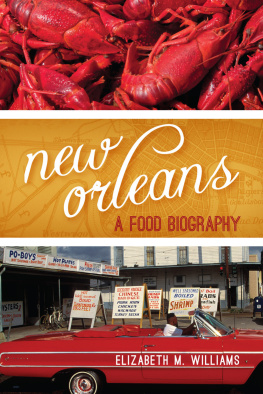

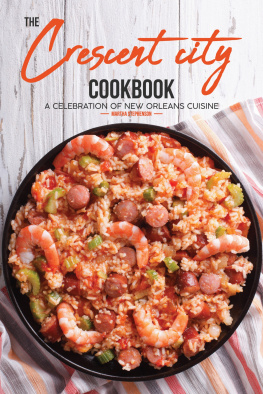
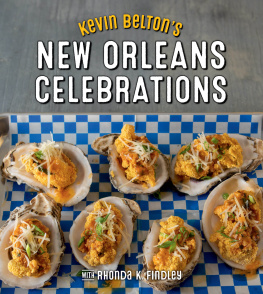
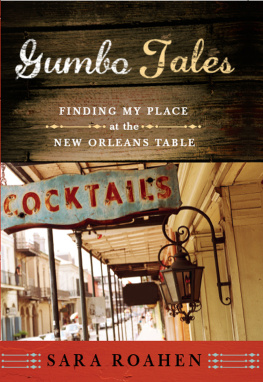
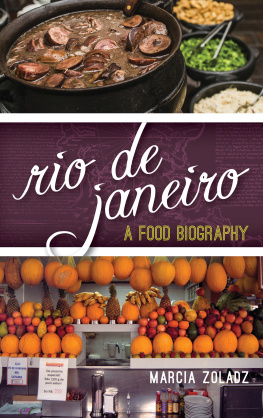
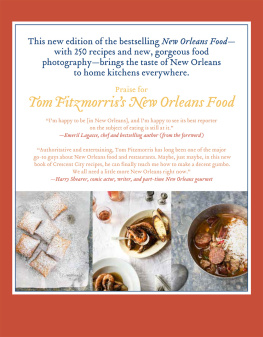


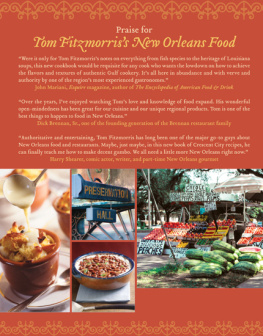


 The paper used in this publication meets the minimum requirements of American National Standard for Information SciencesPermanence of Paper for Printed Library Materials, ANSI/NISO Z39.48-1992.
The paper used in this publication meets the minimum requirements of American National Standard for Information SciencesPermanence of Paper for Printed Library Materials, ANSI/NISO Z39.48-1992.
